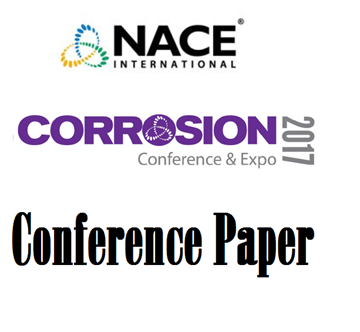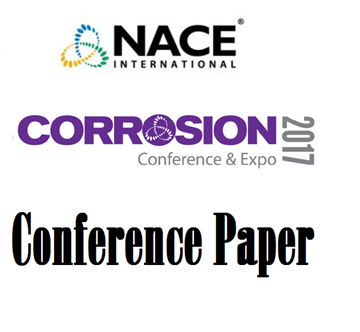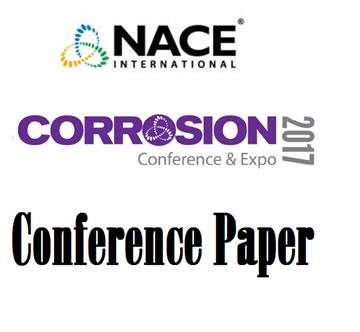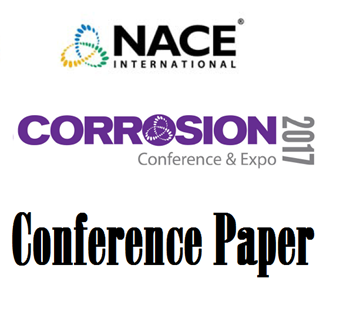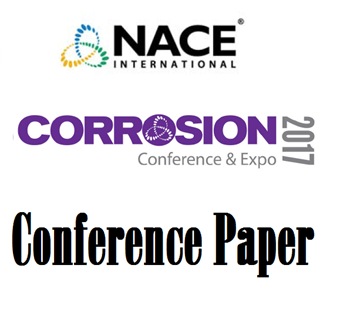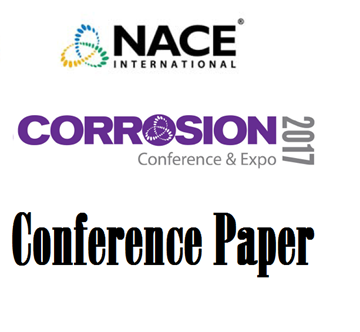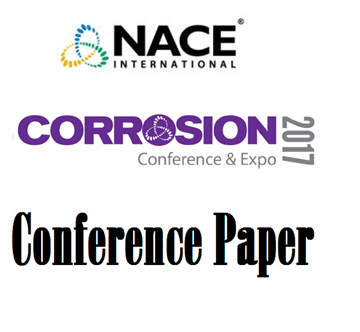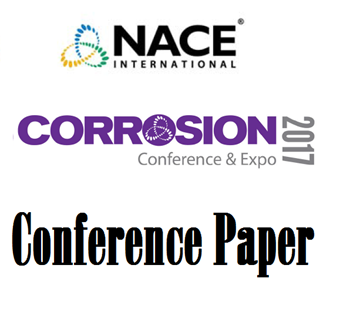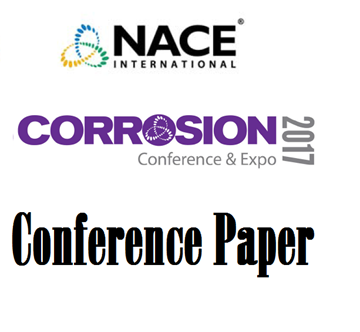Search
Products tagged with '2017 Conference Papers'
View as
Sort by
Display
per page
51317--9735-Corrosion Risk Assessment Through Dynamic Environmental Monitoring on Board a Naval Ship
Product Number:
51317--9735-SG
ISBN:
9735 2017 CP
Publication Date:
2017
$20.00
51317--9741-Corrosion Detection Using Robotic Vehicles in Challenging Environments
Product Number:
51317--9741-SG
ISBN:
9741 2017 CP
Publication Date:
2017
$20.00
51317--9742-Root Cause Analysis of an Upstream Pipeline Failure Due to Multiple Operating Factors
Product Number:
51317--9742-SG
ISBN:
9742 2017 CP
Publication Date:
2017
$20.00
51317--9745-Corrosion-Fatigue of Steels in Sour Environments: Effects of Strain on the Electrochemical Behavior
Product Number:
51317--9745-SG
ISBN:
9745 2017 CP
Publication Date:
2017
$20.00
51317--9747-Recent Failures of 2205 Duplex Stainless Steel in FGD Scrubbers - Could They Have Been Avoided?
Product Number:
51317--9747-SG
ISBN:
9747 2017 CP
Publication Date:
2017
$20.00
51317--9748-The Virginia Tech High Turbulence Corrosion Loop
Product Number:
51317--9748-SG
ISBN:
9748 2017 CP
Publication Date:
2017
$20.00
51317--9749-Corrosion Resistance of Alloys in Calcium Bromide and Calcium Chloride Solutions
Product Number:
51317--9749-SG
ISBN:
9749 2017 CP
Publication Date:
2017
$20.00
51317--9760-Chemical Evaluation of Corrosion Product from Known Sources
Product Number:
51317--9760-SG
ISBN:
9760 2017 CP
Publication Date:
2017
$20.00
51317-9761- Microstructural influences of corrosion sensitization in Al 5XXX series aluminum alloys
Product Number:
51317-9761-SG
Publication Date:
2017
$20.00
51317--9765-Differences in Fireside Corrosion Under Simulated Char and Lignite Conditions
Product Number:
51317--9765-SG
ISBN:
9765 2017 CP
Publication Date:
2017
$20.00
51317--9767-Risk Based Approach to Integrated Asset Corrosion Management in the Oil and Gas Industry
Product Number:
51317--9767-SG
ISBN:
9767 2017 CP
Publication Date:
2017
$20.00
51317-9771- A Comparison of Corrosion Resistant, High N Austenitic Stainless Steels
Product Number:
51317-9771-SG
Publication Date:
2017
$20.00

